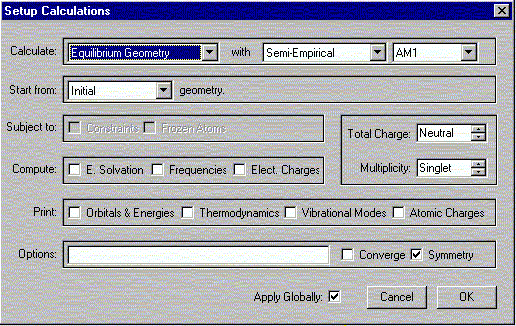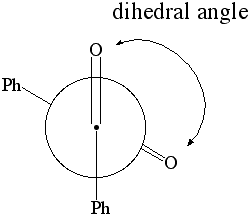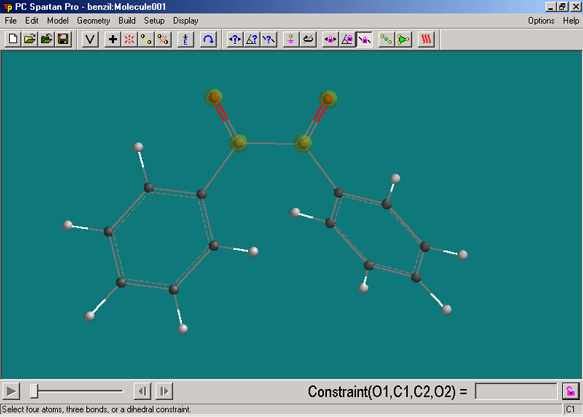1. A student acquires a GC spectrum for his final compound.
Solvent: diethyl ether, Column: HP-5, 30 m, 0.25 mm, Temperature: T=80 oC (isothermal)
Results:
| Time (min) |
Height (pA) |
halfwidth (min) |
| 1.2 |
12000 |
0.12 |
| 4.50 |
100 |
0.2 |
| 6.75 |
30 |
0.28 |
a. Which conclusions can he draw about his final compound?
b. How could he determine which of the observed peaks belongs to his target compound?
c. Why do peaks with a lower retention time usually exbihibit less width than peaks at higher retention times?
d. How would the spectrum change if the temperature would be T=80 oC in the beginning and increased to 100 oC within 10 minutes?
e. How is the "retention time" of a compound defined?
2. A separatory funnel is used this week during the work-up. Answer the following questions.
a. Which tests should be performed prior to using the separatory funnel?
b. The procedure asks to vent the separatory funnel frequently during the extraction. This is particularly true if a solvent like diethyl ether is used. Explain briefly.
c. Why is it necessary to remove the stopper from the top when draining the solution?
3. Referring to the reaction carried out in the lab, answer the following questions.
a. Assuming that bleach is used in excess, how could one test if the reaction is completed?
b. (NBu4)(HSO4) is used in the reaction. What does this compound exactly do?
c. After the reaction, the reaction mixture is extracted with sodium bicarbonate. Which purpose does this step serve? Show pertinent chamical equations.
d. Assuming that you have about 30 mL of solution after the extraction, which contains 5% of water (by volume), how many grams of anhydrous magnesium sulfate should be used to remove the water? Show your work. The
PART II. (Reduction of Camphor, In-lab assignment)
 this is the minimize button. Always minimize your structure before leaving the building mode.
this is the minimize button. Always minimize your structure before leaving the building mode. to enter View Mode
to enter View Mode






